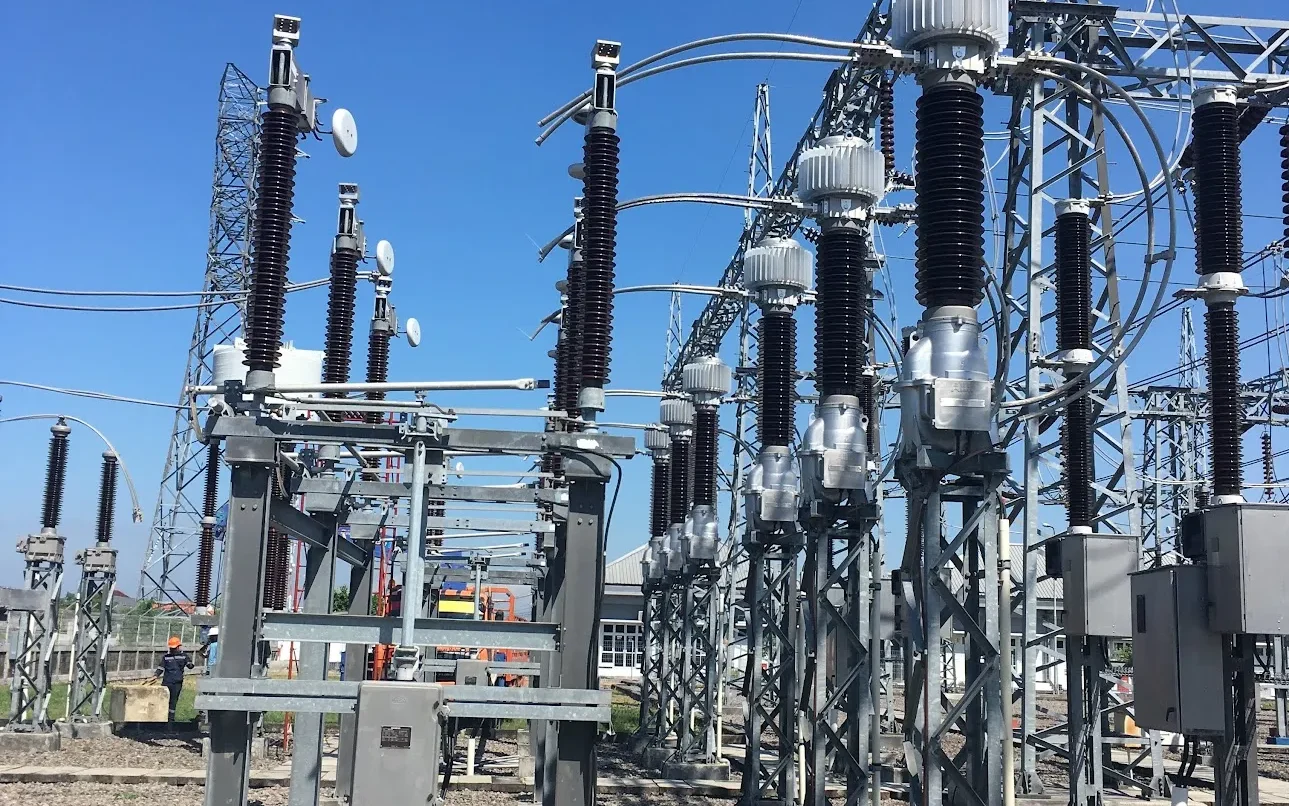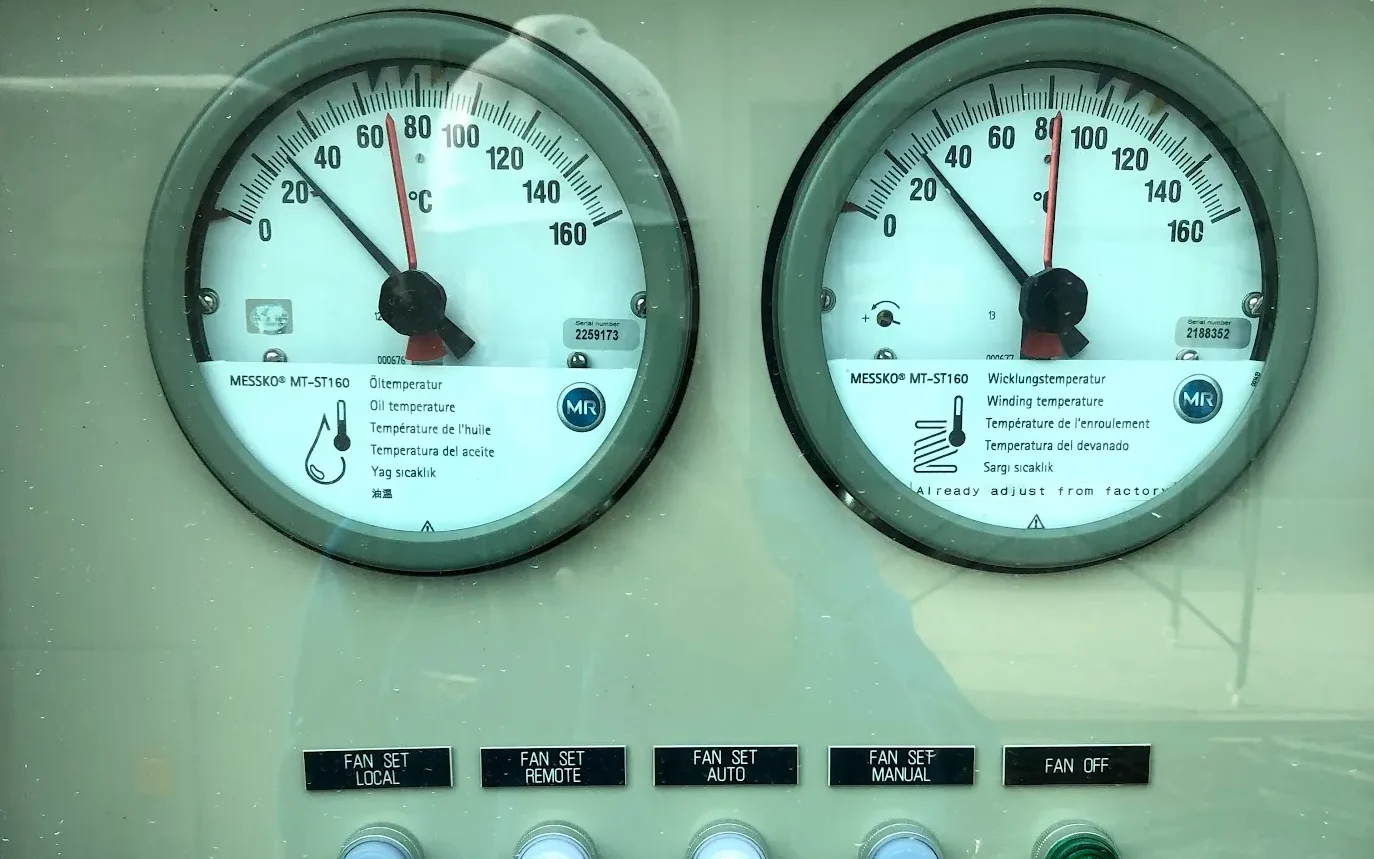
EMS vs DMS what is the Difference?
EMS vs DMS what is the Difference? An energy management system (EMS) balances the sources of energy and the consumption of energy. That is to achieve the lowest cost for the energy sector business. The energy sources can be electricity, water, gas, oil, steam, or renewable energy in the form of distributed generators (DG). The consumption of energy can be industrial, commercial, manufactured, or residential.
IEC 101 vs. IEC 104: Understanding the Differences
An EMS generally puts the user in control of energy consumption through monitoring, billing, and cost allocation. The integrated management software consists of power flow, security assessment, system stability, and system reliability. Furthermore, EMS represents a large collaboration of power distribution control products that connect state-of-the-art devices for communication control.
Read Also: SICAM PAS Overview
Both an Energy Management System (EMS) and a Distribution Management System (DMS) function as a key element in controlling and optimising the use of various energy sources such as electricity, oil, gas, water, steam or even renewable energy. They play a critical role in regulating and adapting the consumption of energy in diverse landscapes ranging from industrial, commercial, and manufactured, to residential, thereby resulting in substantial cost savings. These systems communicate effectively with smart devices like switchgear and intelligent switching controllers that are linked via an Ethernet network to advanced computer systems furnished with software which gathers and exhibits data from this network. Although both these systems have many similarities, one crucial difference between the two is in their operating locations. DMSs are typically located along the length of distribution circuits and often found on pole tops due to their radial design. In contrast, EMSs have matured as a segment of the control centre and provide various operational features like predicting demand of loads, offering optimal load shedding guidance, supervision, and managing power plants and high to medium voltage levels.

EMS vs DMS similarity:
- Both collect measurements of the state of the system and its power devices remotely at the data collection terminals equipped with
remote terminal units (RTU). - Both processes present information to operators through a user interface on a video display.
- Both store information for later retrieval and analysis of historic events.
- Both contain analytical functions to help operators interpret the information and analyze future situations.
- Both are typically connected to other computer systems for data sharing and analyzing results.
However, there are fundamental differences between distribution and transmission systems. hence there are also differences between DMS and EMS:
The Difference between EMS vs DMS
- Distribution systems are typically radial (transmission systems are typically network-connected).
- Distribution system devices are located along the length of distribution circuits, often on pole tops: transmission system devices are generally located only at substations.
- The number of locations requiring RTUs in a distribution system is at least an order of magnitude greater than the number of locations in the associated transmission system.
- On a distribution system, most field devices are manually operated; on a transmission system, most field devices can be remotely controlled.
- The amount of data at a given distribution system device location is about an order of magnitude less than that at a transmission system substation.
Energy Management Systems can provide:
- Cost allocation of the generator, etc.
- Demand prediction of loads
- Guide for optimal load shedding
- Online metering of power flows and voltage and angle of different buses, lines, and interregional transfers
- Meter system parameters such as power quality, power factor, and system voltage sag conditions
- Protection control and relay settings EMS have been developed over the years as a branch of the control center, which comes on a scaled platform. EMS further encompasses the supervision and control of power plants and high to medium voltage levels.
Finally, the most important thing that we need to take care of is how to get the optimum result for the distributed energy management system. Within a good management system, the result will get the optimum state to give more benefit to the Grid.
While it is very important when it comes to the Smart Grid atmosphere supporting the people with good electricity for optimum productivity. The issues for the sources of energy will always surprise our imagination about how to get a better life quality almost every time. You can check about understanding the challenges in energy management systems.

You must be logged in to post a comment.